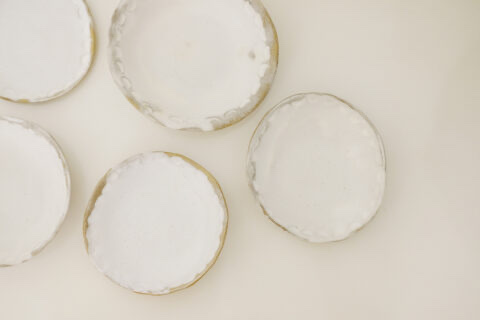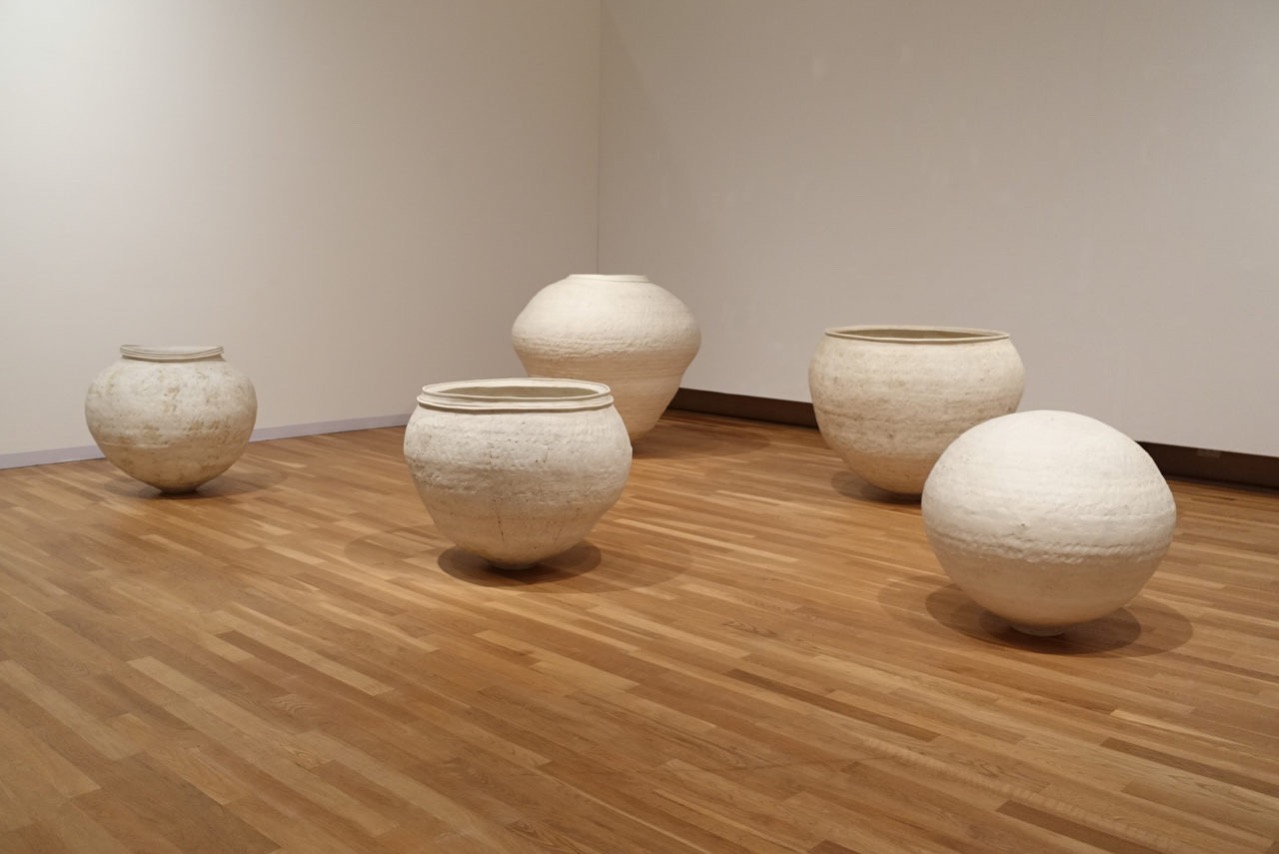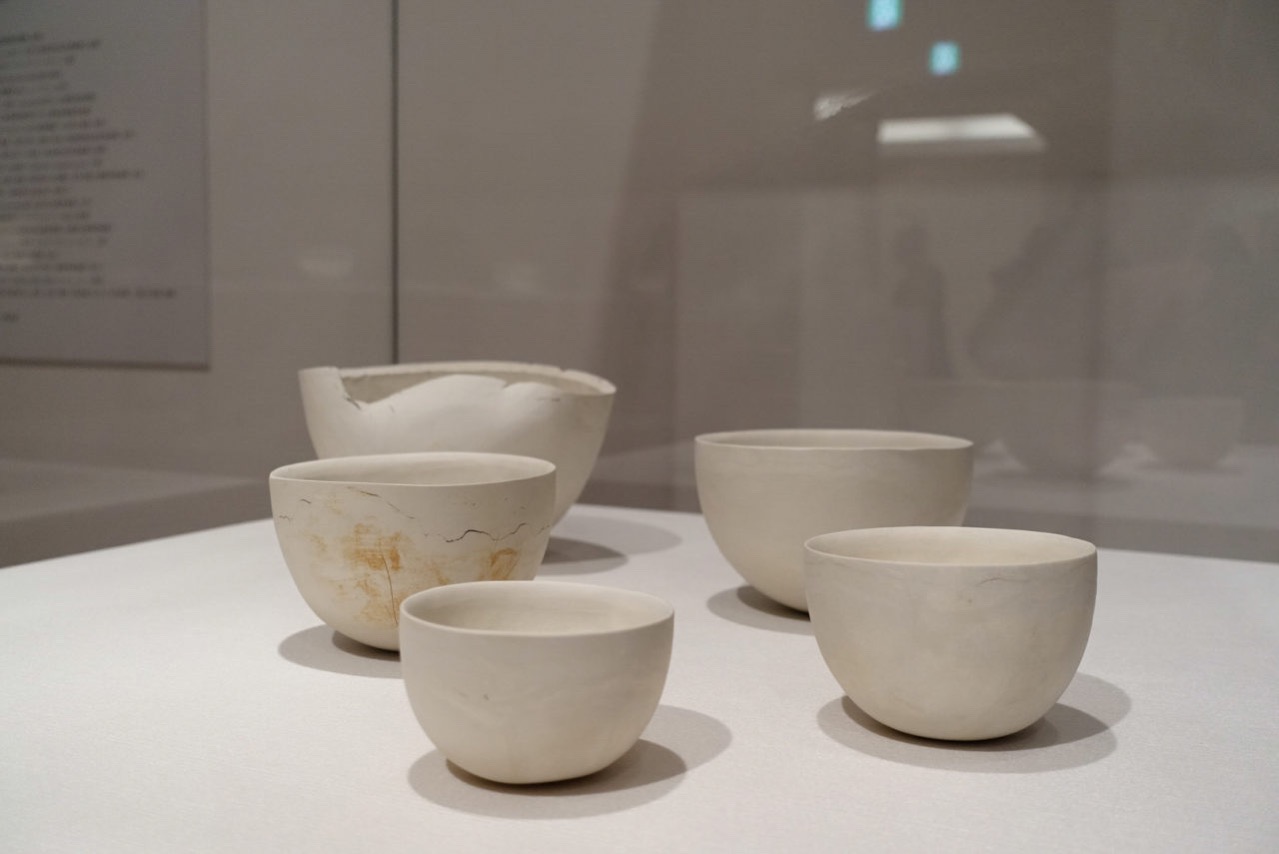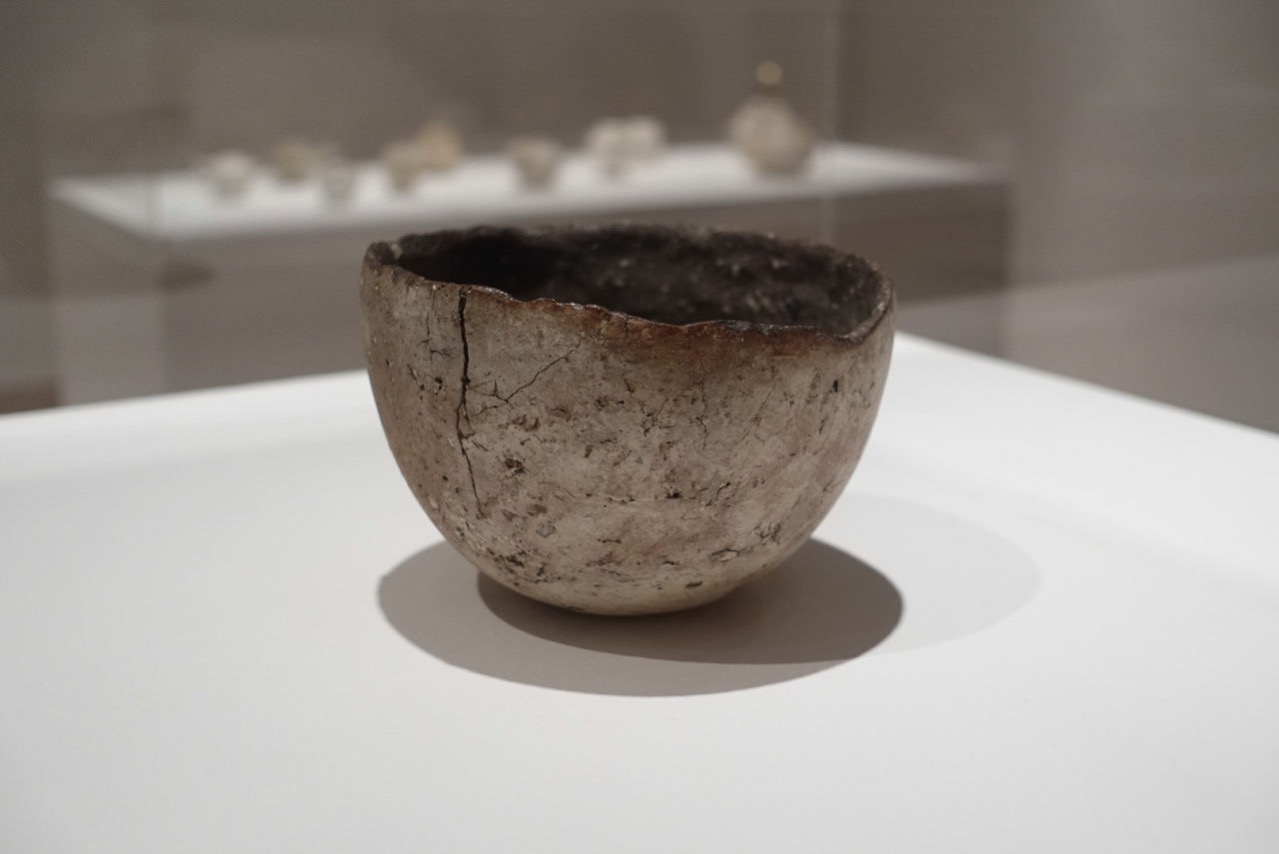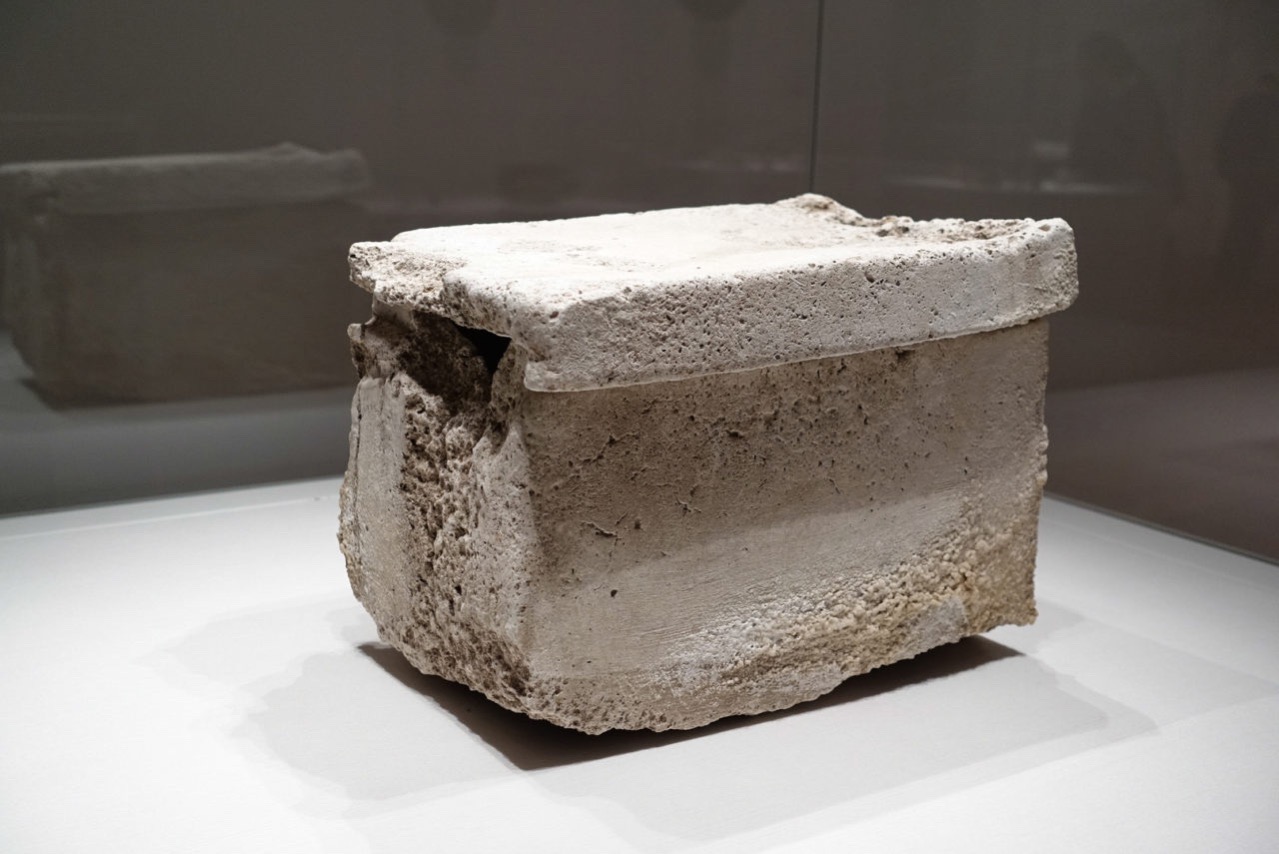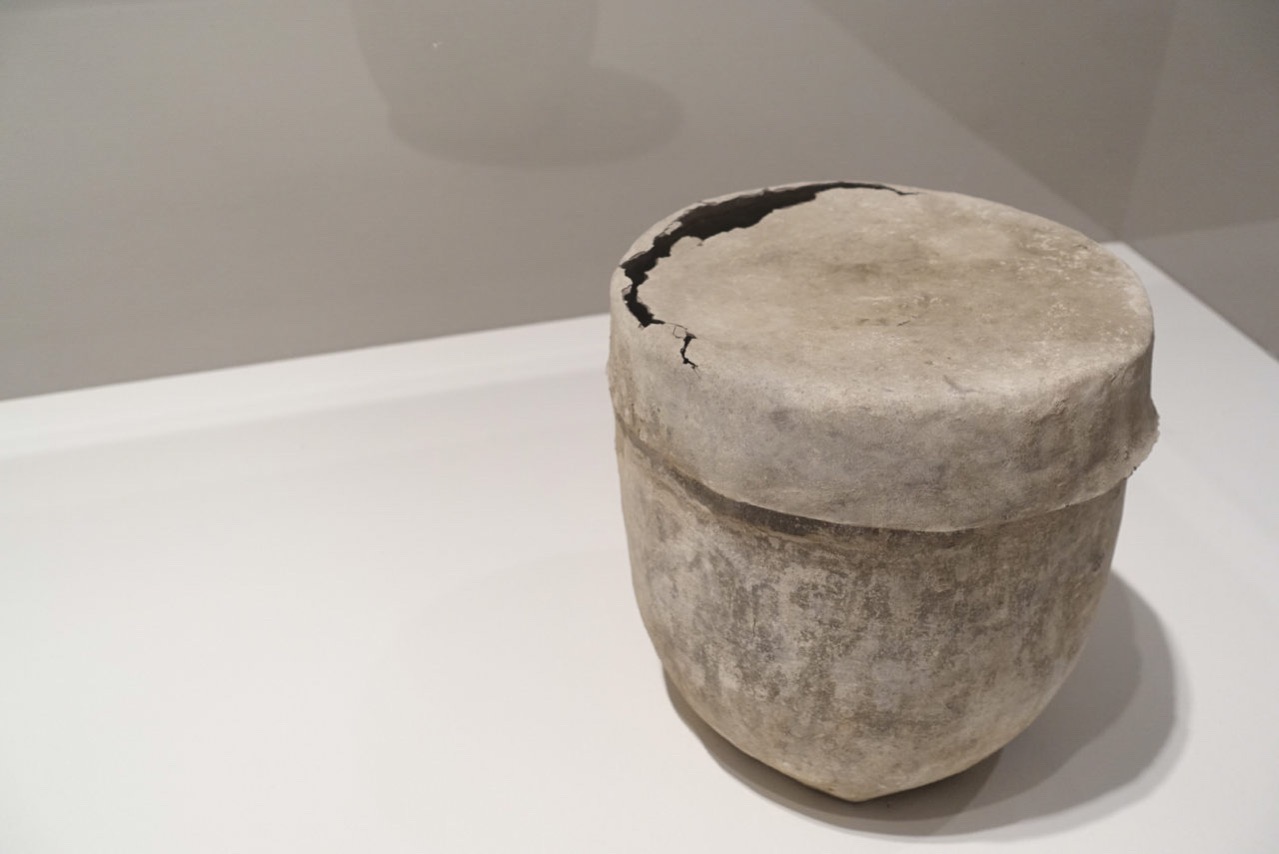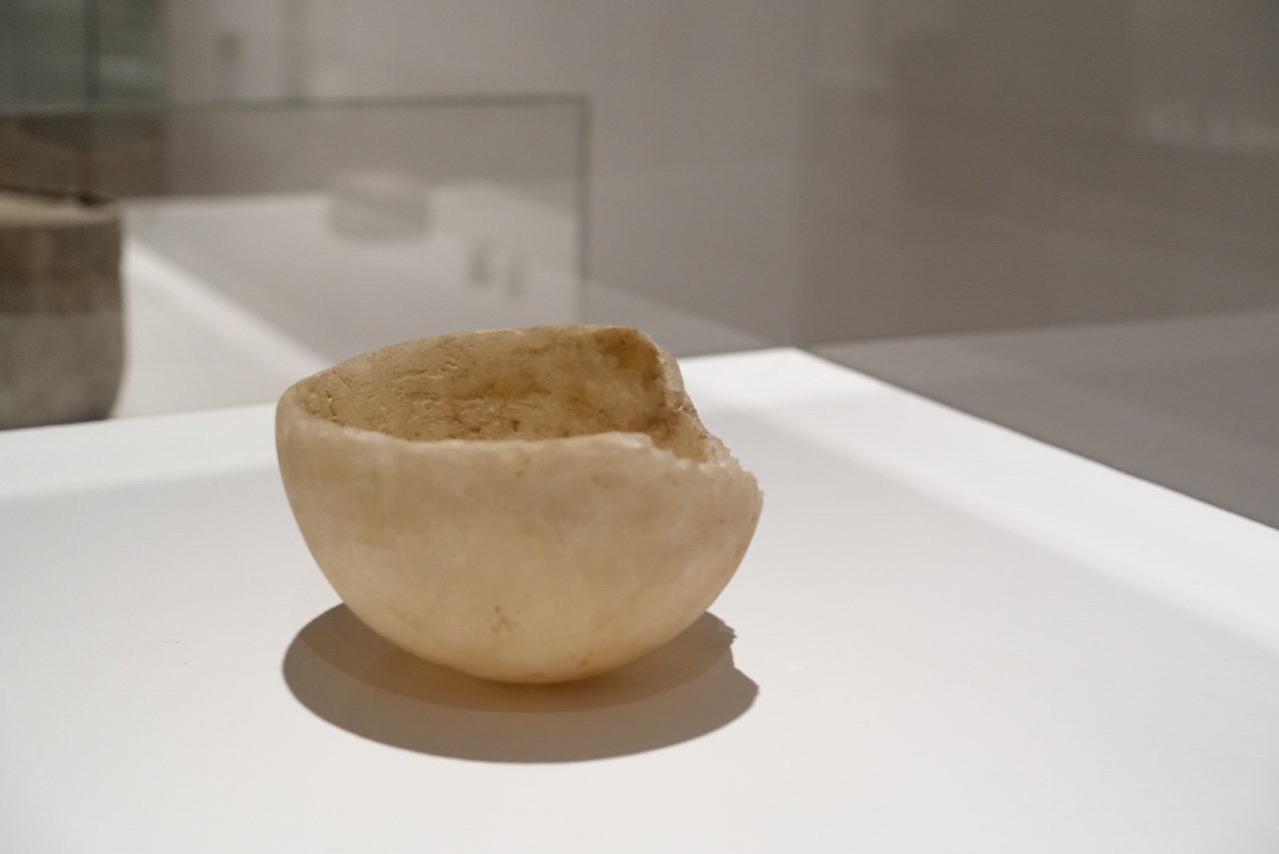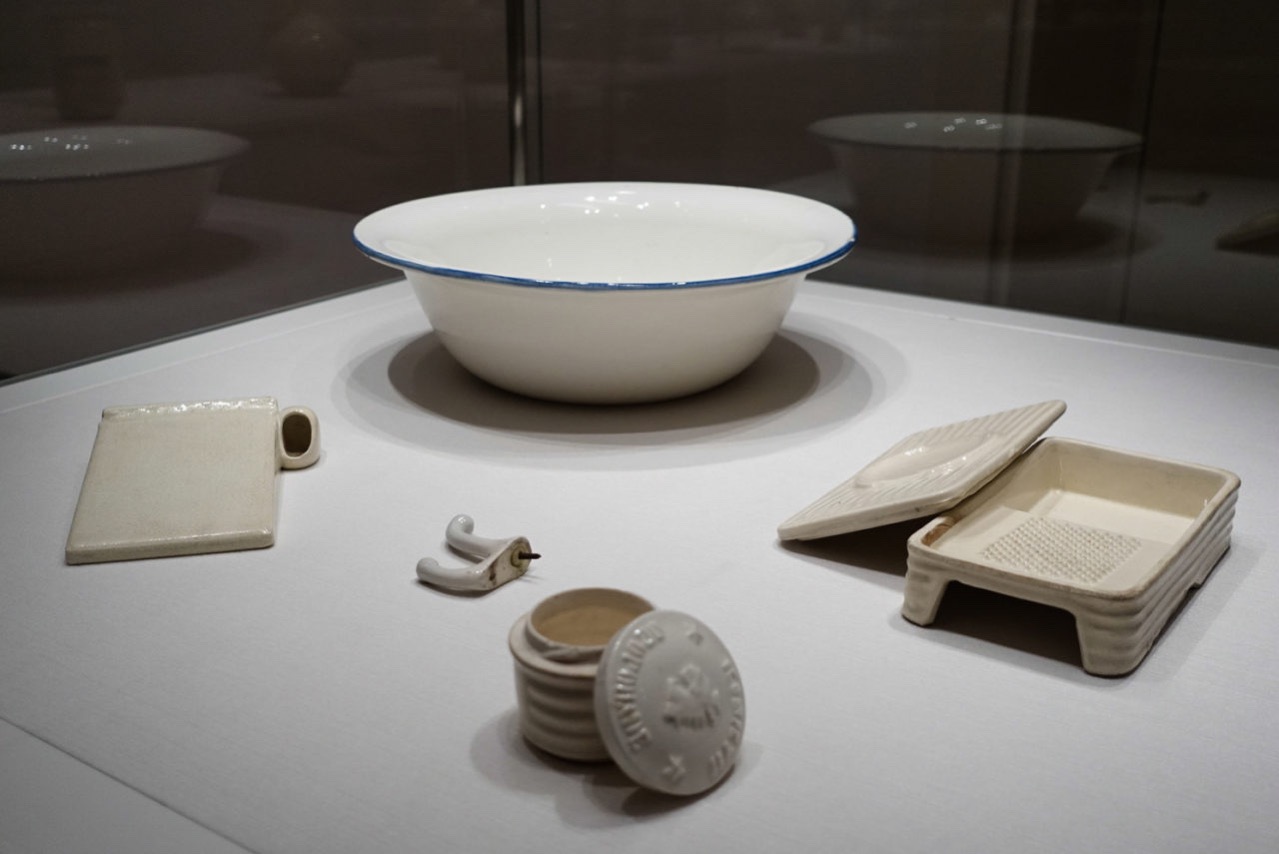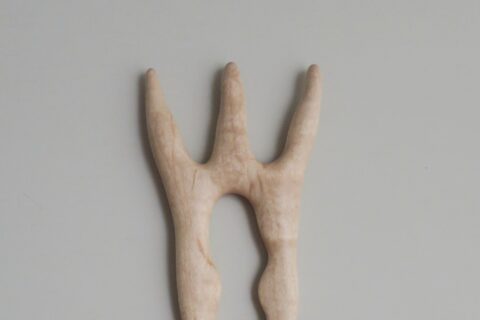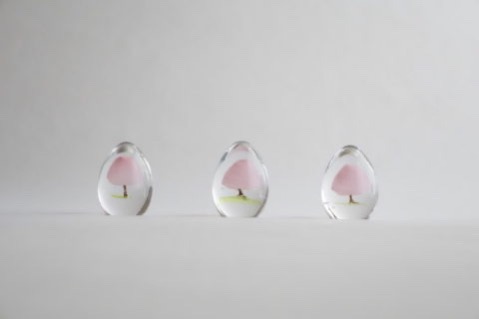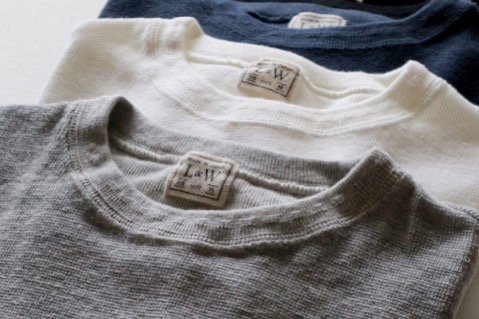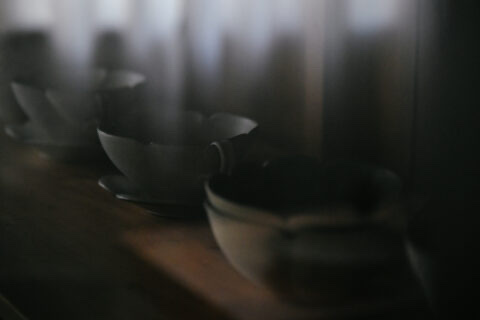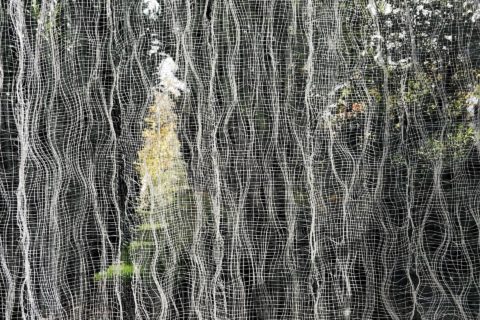周末時特意從名古屋跑到兵庫陶芸美術館,目的是去看陶藝家內田鋼一的作品展,還有他的陶輪示範。內田鋼一造陶時很豪邁,為陶胎雕形時,大部份陶藝家都會採用像各種工具,他卻偏好用手。底部多用竹子來削的部分,他用手指一扳一扳的,把多餘的陶土都扳下來。參觀示範的學生們,問他何以不用工具,他說因為「很麻煩」。輕描淡寫的,真怕同場的年輕學生們被這「很麻煩」所誤導——那些瞬速而看似隨意的動作,其實是他經年累月的經驗磨煉出精確的眼睛與感管,而極高的創作量強迫他不斷不斷的練習,練出一雙巧手,手心相應,才能隨便很如此自在美妙。
內田鋼一年輕時遊遍亞洲、歐洲及非洲,走遍各地的陶藝產地,在當地打工,實實在在地學習各地造陶的技巧,更重要的是,了解當地人對陶藝的認知,從而建立出自己的陶藝哲學。
除了造陶外,內田鋼一也是一位收藏家,他於四日市營運的Banko Archive Design Museum,每年會舉辦兩次企劃展,每次展覽中,都可以看到他珍貴而有趣的藏品,像沖繩一種叫Panari的陶器、各種各樣的開瓶器,最近以黃色的主題的展覽中,由鐵皮車子至江戶時代的玻璃瓶子都能找到。
內田鋼一笑言自己在學時成績差得教人汗顏,尤其是歷史及科學,從未讀得進腦,現在卻對陶藝的歷史倒背如流,對於釉藥及燒成時所以涉及科學的實驗都躍躍欲試。找到感興趣的切入點,一切知識似乎都能輕鬆掌握。他坦言,不少人驚歎於他的作品的造形,但那其實都是他參考著古物的造形而製作的。像他於兵庫陶芸美術館展出的幾個巨形陶壼,古時也有著類似的造形,但底部是尖的,方便埋在土裡,收集雨水。他的作品不埋土,就改作平的底部,但底部特別細,希望保留著原物不安定的感覺。
內田鋼一向我們展示了與一般工藝家截然不同的創作態度,他對工藝的熱情、注意內在的修養,正是他的作品何以深邃而動人的原因。
I made a trip from Nagoya to the Museum of Ceramic Art in Hyogo during the weekend, only to see the exhibition of the potter Kouichi Uchida. I also had a chance to see Uchida demonstrating his shaping technique with a potter’s wheel. Unlike most of the potters who would use various tools to work on the initial shape, Uchida tends to do it in a wild way with his bare hands. To shape the bottom of the pottery, he would press a thin piece of bamboo against the clay to shave away the redundant parts. After the demonstration, some students asked why didn’t he use any tools. He just shrugged it off and said it was too troublesome. I was slightly worried that his casual reply would mislead students into really believing tools were troublesome to use. His swift and unconscious actions are actually the results of experience he gained along with the many years of practice. His eyes and senses are so well trained by the repeating shaping process. The abundance of pottery he made all these years are witnesses to how he has developed his technique with these beautiful gestures that he can now demonstrate to the public.
Kouichi Uchida traveled around Asia, Europe, and Africa when he was young to visit various regions of pottery production. He would work there to learn and try the local pottery production techniques. More importantly, the experience allowed him to understand how the locals saw pottery; such knowledge has helped him build his own philosophy of pottery.
When Uchida is not making pottery, he is a professional collector. Twice per year, he would curate exhibitions in the Yokkaichi Banko Archive Design Museum to showcase his own collections. He has collected a wide variety of precious and interesting things including the Panari-yaki earthenware from Okinawa, corkscrews in different shapes, etc. In the most recent exhibition themed around the yellow color, he displayed objects like tin model cars and glass bottles from the Edo period.
Uchida jokingly said he used to be an underperformed student at school. Although history and science were his weakest subjects, he is now an expert on the history of pottery; he is as well keen on all the scientific experiments related to glazing and the firing process. Finding a way to spark interest is perhaps the critical point when one begins to grasp knowledge. Many are impressed by the appearance of his pottery works, but he said, they are, in fact, shapes he has learned from ancient pottery. One example would be his clay jars that are currently being exhibited in the Museum of Ceramic Art, Hyogo. In the old days, the ancient people also produced jars in similar shape. They used to have a pointed bottom, so people can bury them into the soil to collect rainwater. However, since he did not intend to place the jars in the soil, he made them a flat base instead. To retain the unsteady look of the ancient jars, Uchida tried to make the base as narrow as possible even if it is no longer pointy.
Uchida’s attitude towards creativity is distinctive from other artisans in general. With his passion for craftsmanship and his focus on attaining sophistication, Uchida is able to create pottery that touches one’s heart.
